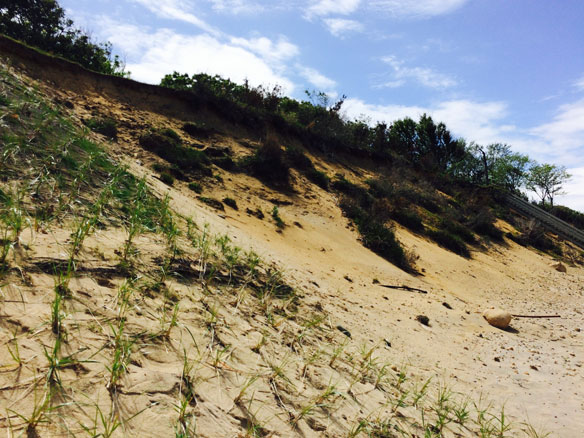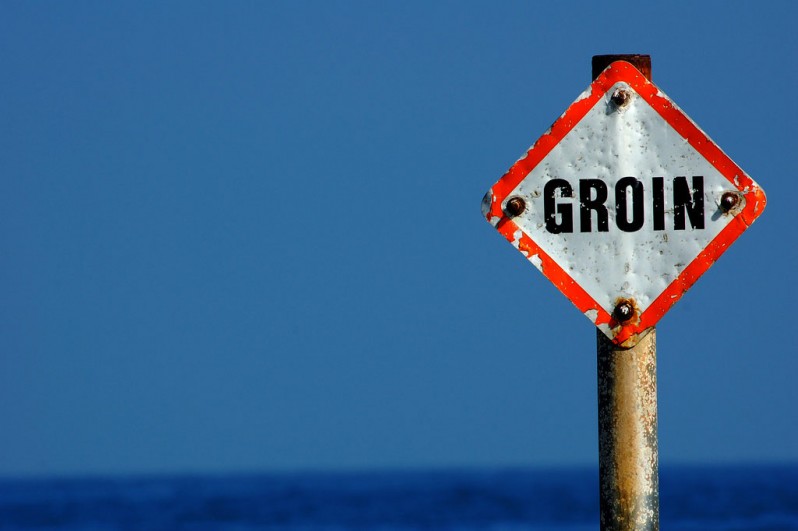Green delight as Trump’s Irish wall plans withdrawn

Under growing international pressure, Trump International Golf Links (TIGL) has rescinded their proposal for the 3km seawall at Doughmore Beach, Ireland.
EPA gives $91,000 to help educate about beach erosion

Battling the beach erosion in places like Greenbackville, Va is nothing short of team effort. The Chincoteague Bay Field Station (CBFS) has been working to fight erosion using living shorelines, and now the Environmental Protection Agency (EPA) has stepped in to help them out with a $91,000 grant.
South Carolina says no to Wild Dunes beach erosion walls

Experimental removable seawalls have been ordered to be taken down in front of erosion-imperiled condos and houses.
New study shows impact of human-made structures on Louisiana’s coastal wetlands

As Louisiana’s wetlands continue to disappear at an alarming rate, a new study has pinpointed the human-made structures that disrupt the natural water flow and threaten these important ecosystems. The findings have important implications for New Orleans and other coastal cities that rely on coastal wetlands to serve as buffer from destructive extreme weather events.
Shifting sand differs on developed, undeveloped beaches; Georgia

Natural and undeveloped beaches should not be armored or modified with “nourishment,” as the sand-sharing system moves deposits from dune to beach in storms and back again. Normally following storms, beach sands are gradually returned to reform dunes.
Living shorelines a more natural approach to preventing coastal erosion

For centuries, large bulkheads have been used to help control erosion along coastlines. More recent research suggests that a natural approach may be a better alternative. Having nature on your side, especially during a storm or hurricane, is proven to provide better protection from coastal erosion.
Terminal Groins Don’t Stop Erosion

Decisions about terminal groins are being made in towns throughout the southern N.C. coast after the N.C. General Assembly in 2011 repealed a nearly 30-year-old ban on hardened beach erosion control structures. Legislators changed the law in 2015 to allow for up to six terminal groins.
First Salish Sea-wide shoreline armoring study shows cumulative effects on ecosystem

Impacts associated with shoreline armoring can scale up to have cumulative, large-scale effects on the characteristics of shorelines and the diversity of life they support, new research shows.
Living Shorelines: Better Than Bulkheads

More than 14,000 miles – 14 percent of continental U.S. coastline — has been armored with hardened structures. Hardened structures cause elevated rates of erosion on the shoreward side of the structure.
